The universe holds countless secrets, but thanks to the work of brilliant astrophysicists, many of these mysteries have been unveiled. Their groundbreaking discoveries have deepened our understanding of space, revealing the wonders of the cosmos. Through dedication and innovative research, these scientists have transformed our view of the universe. In this article, we’ll explore the contributions of these trailblazers who have changed the way we see the stars.
Albert Einstein (1879–1955)
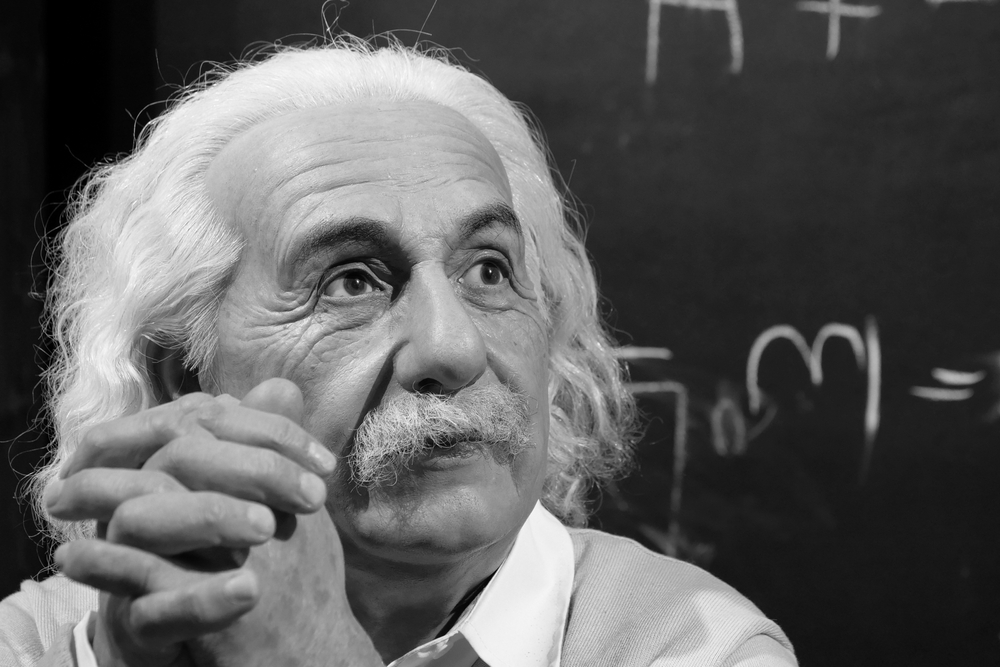
In 1915, Einstein introduced the theory of General Relativity, fundamentally changing how we understand gravity’s effect on space and time. This theory has paved the way for modern astrophysics, including the prediction of black holes and the expansion of the universe. His work laid the foundation for technologies like GPS, which relies on relativity for accuracy. Einstein’s insights continue to influence space research and our understanding of the cosmos.
Edwin Hubble (1889–1953)
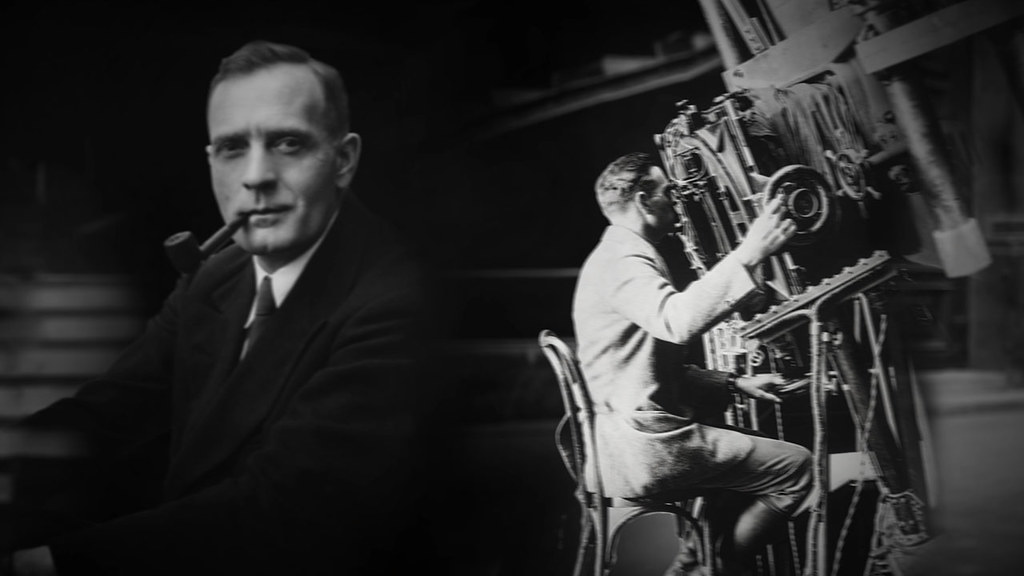
In 1929, Edwin Hubble discovered that the universe is expanding, leading to the formulation of Hubble’s Law. His work provided the first observational evidence for the Big Bang theory. Hubble’s discoveries allowed us to comprehend the universe’s dynamic nature, influencing everything from cosmology to the development of space telescopes. Today, the Hubble Space Telescope, named in his honor, continues to explore the universe, uncovering new galaxies and distant phenomena.
Carl Sagan (1934–1996)

In 1977, Carl Sagan played a pivotal role in the Voyager missions, which provided humanity with its first close-up images of the outer planets. Sagan’s work popularized science and brought the wonders of space to the public through his TV series *Cosmos*. His efforts inspired generations to pursue science, fostering a deeper public interest in astronomy and space exploration. Sagan’s legacy lives on in the continuous search for extraterrestrial life and the exploration of our solar system.
Stephen Hawking (1942–2018)

In 1974, Stephen Hawking revolutionized our understanding of black holes by proposing that they emit radiation, now known as Hawking radiation. This discovery bridged quantum mechanics and general relativity, two previously conflicting theories. Hawking’s work has influenced the study of cosmology and the fundamental nature of the universe, inspiring further research into the mysteries of black holes. His contributions continue to shape our understanding of space and time.
Vera Rubin (1928–2016)
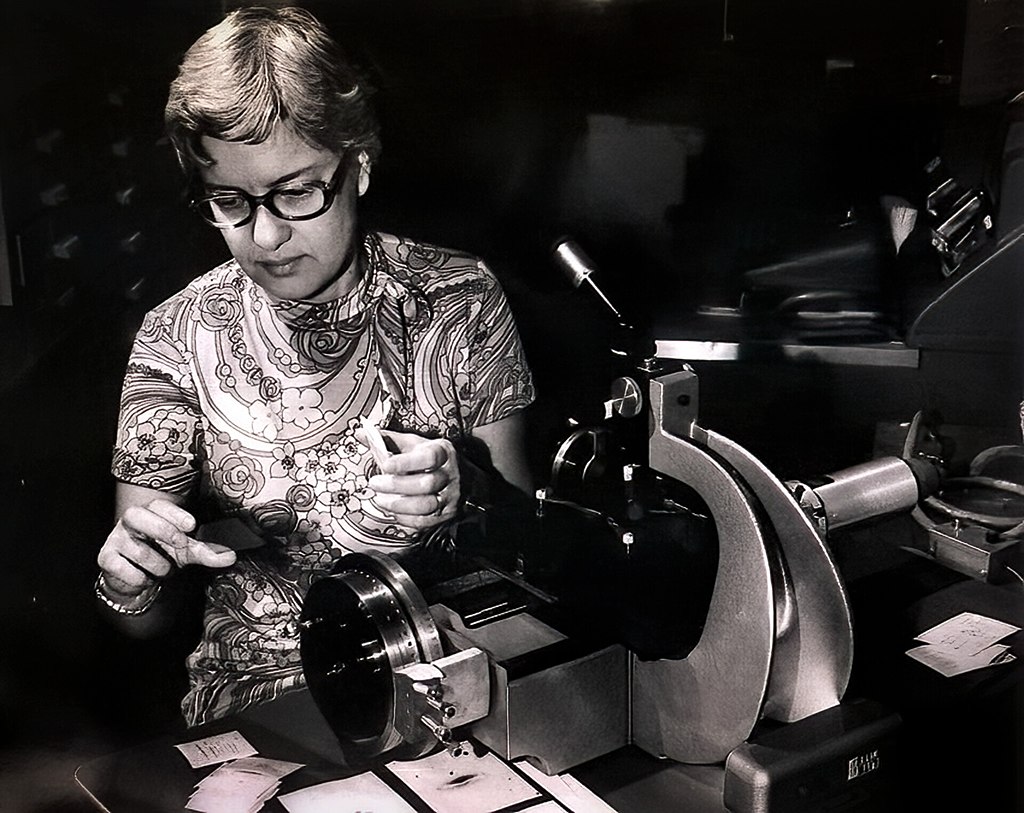
In the 1970s, Vera Rubin provided key evidence for the existence of dark matter by observing the rotation curves of galaxies. Her work showed that visible matter could not account for the gravitational effects observed, leading to the conclusion that dark matter makes up most of the universe’s mass. Rubin’s findings have had a profound impact on cosmology, prompting extensive research into the nature of dark matter. Today, dark matter remains one of the biggest mysteries in astrophysics, largely thanks to Rubin’s pioneering work.
Subrahmanyan Chandrasekhar (1910–1995)
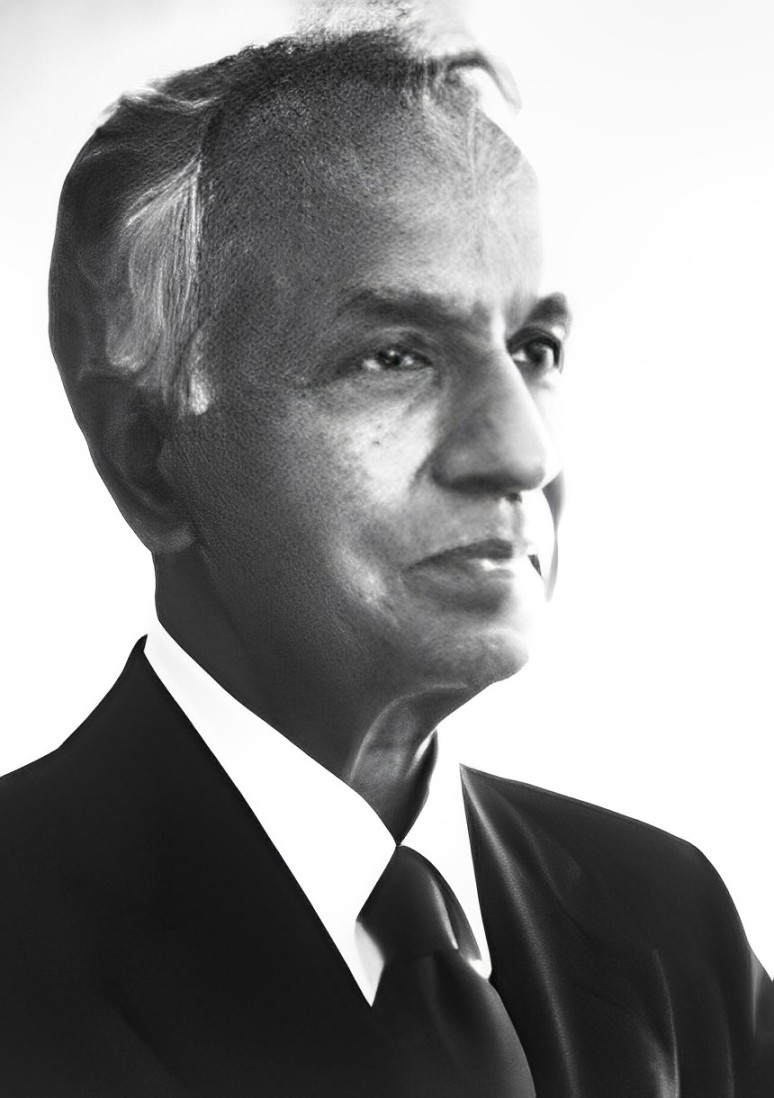
In 1930, Subrahmanyan Chandrasekhar calculated the maximum mass (the Chandrasekhar limit) that a white dwarf star can have before collapsing into a neutron star or black hole. His work laid the groundwork for our understanding of stellar evolution and the fate of massive stars. Chandrasekhar’s limit is crucial for astrophysics, helping scientists predict the lifecycle of stars and the formation of black holes. His contributions earned him the Nobel Prize in Physics in 1983.
Arthur Eddington (1882–1944)
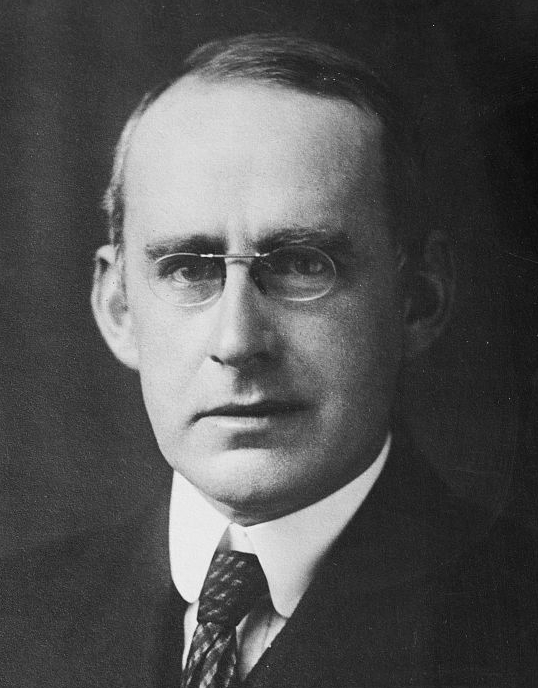
In 1919, Arthur Eddington led an expedition that provided the first experimental confirmation of Einstein’s theory of General Relativity by observing the bending of starlight during a solar eclipse. This landmark observation solidified Einstein’s theory and greatly influenced the scientific community’s acceptance of it. Eddington’s work not only proved a cornerstone of modern physics but also showcased the importance of observational evidence in theoretical science. His efforts advanced our understanding of gravity and its role in shaping the universe.
Henrietta Swan Leavitt (186

In 1912, Henrietta Swan Leavitt discovered the relationship between the luminosity and the period of Cepheid variable stars, providing a crucial tool for measuring cosmic distances. Her work allowed astronomers to calculate the scale of the universe, leading to the discovery of galaxies beyond the Milky Way. Leavitt’s contributions have been fundamental to the field of cosmology, enabling accurate distance measurements that continue to guide our understanding of the universe’s size and expansion. Her work paved the way for later discoveries, including Hubble’s expansion of the universe.
George Gamow (1904–1968)

In 1948, George Gamow made significant contributions to the Big Bang theory, particularly in explaining the formation of elements in the early universe, a process known as nucleosynthesis. His work provided a theoretical framework that explained the abundance of light elements like hydrogen and helium. Gamow’s contributions are vital for understanding the origins of the universe and the chemical composition of stars and galaxies. His insights have influenced decades of research into the early universe and the processes that shaped it.
Cecilia Payne-Gaposchkin (1900–1979)
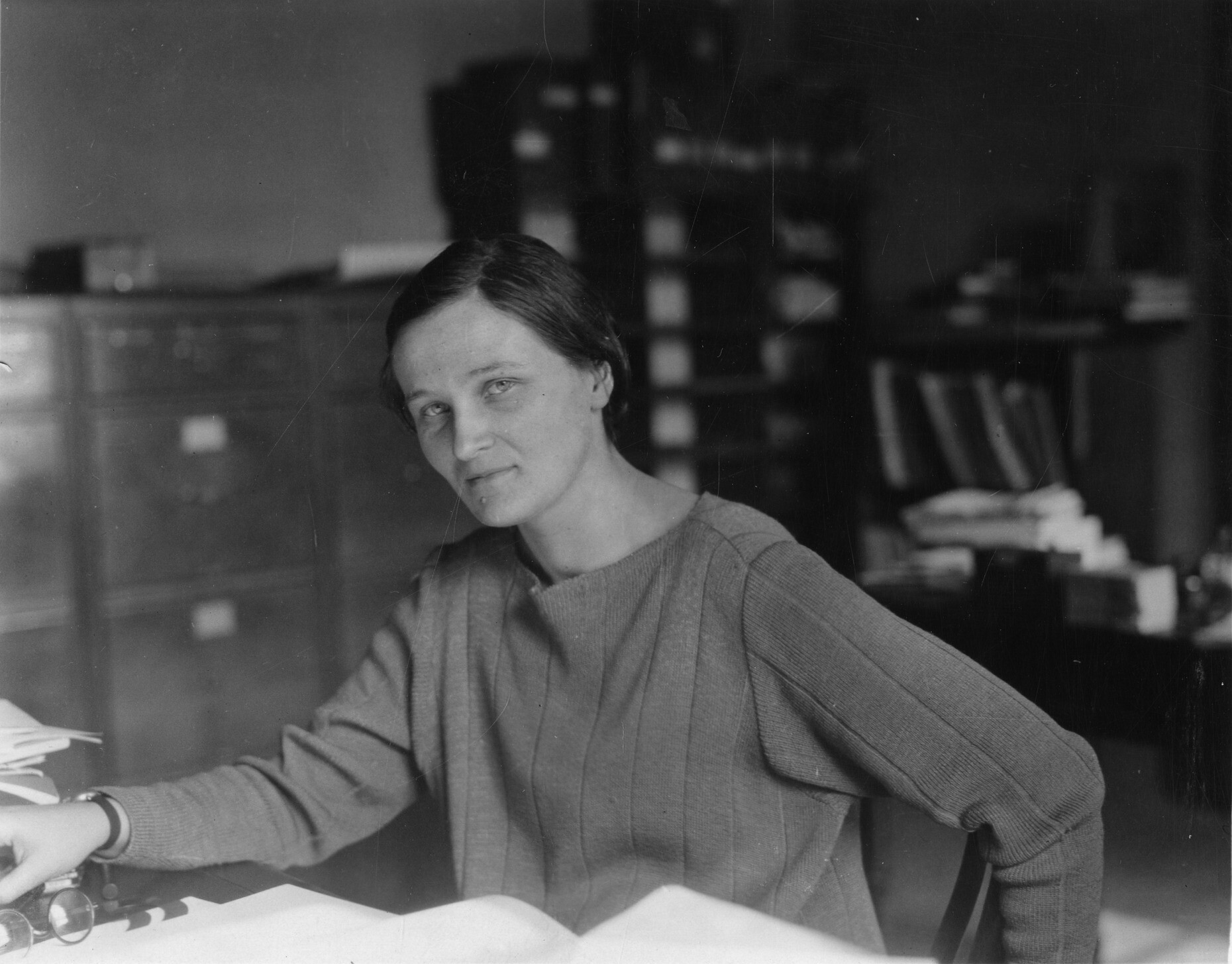
In 1925, Cecilia Payne-Gaposchkin published her groundbreaking work on stellar atmospheres, revealing that stars are primarily composed of hydrogen and helium. Her doctoral thesis revolutionized our understanding of stellar composition and challenged the prevailing notion that stars shared a similar composition to Earth. Payne-Gaposchkin’s work provided the basis for modern stellar astrophysics and has been instrumental in our understanding of the life cycle of stars. Her research continues to impact the study of stars and their evolution.
Harlow Shapley (1885–1972)
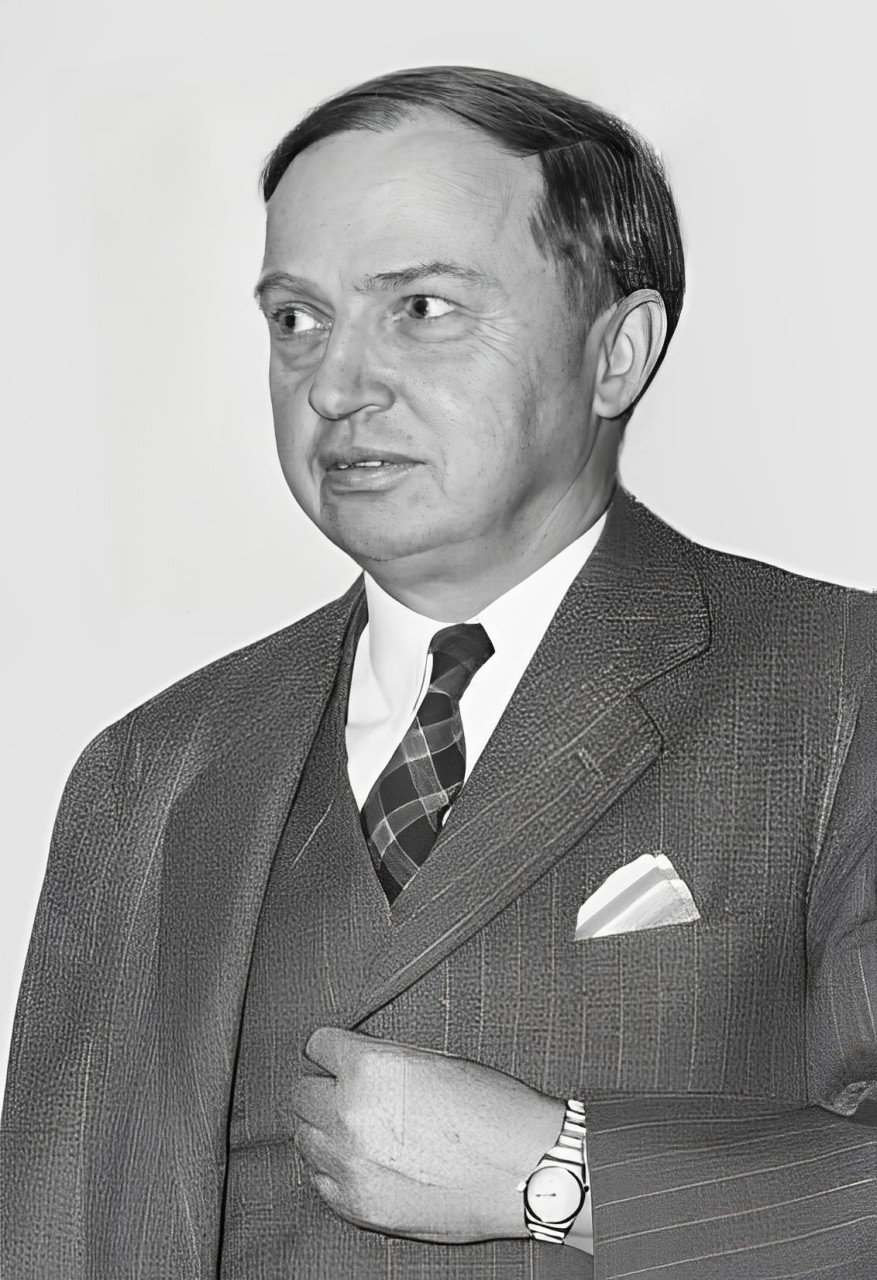
In 1918, Harlow Shapley determined the size of the Milky Way galaxy and the Sun’s position within it, fundamentally changing our understanding of our place in the universe. His work demonstrated that the Milky Way was much larger than previously thought and that the Sun was not at its center. Shapley’s findings shifted the focus of astronomy from a geocentric to a more accurate galactic perspective, influencing future research into the structure and scale of the universe. His contributions laid the groundwork for our modern understanding of galactic astronomy.
James Clerk Maxwell (1831–1879)
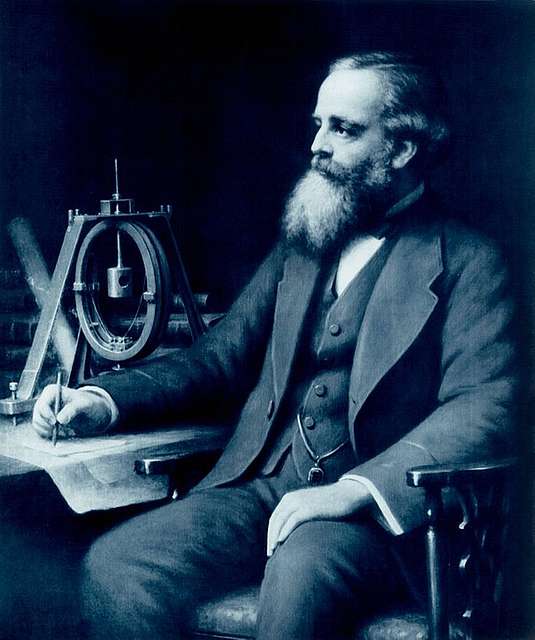
In the mid-19th century, James Clerk Maxwell formulated the classical theory of electromagnetic radiation, explaining light as an electromagnetic wave. His equations, known as Maxwell’s equations, unified electricity, magnetism, and light into a single theory. Maxwell’s work was foundational for the development of many fields, including astrophysics, as it provided a theoretical framework for understanding how light and other electromagnetic waves travel through space. His contributions continue to be vital for studying the interactions between matter and radiation in the universe.
Fritz Zwicky (1898–1974)
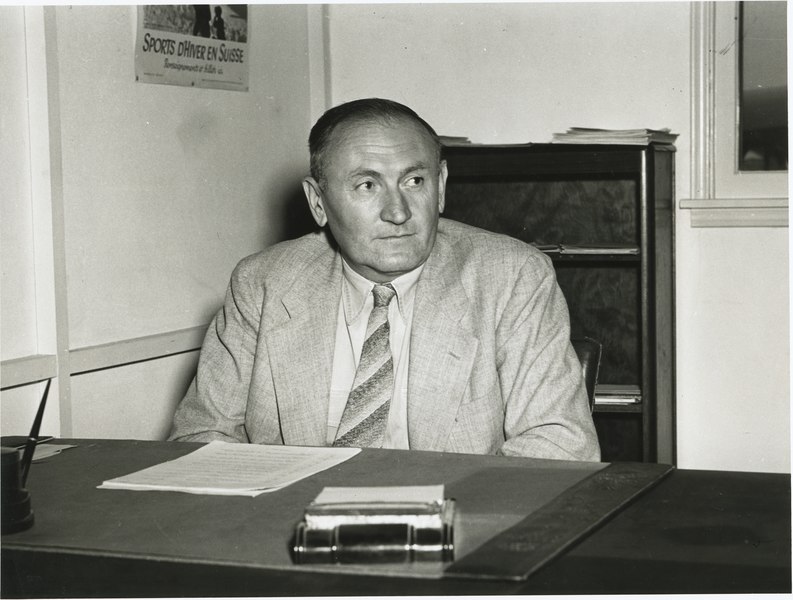
In 1933, Fritz Zwicky proposed the existence of dark matter after observing that galaxies in clusters moved as if they were under the influence of much more mass than was visible. His work introduced the concept of dark matter, which now plays a central role in cosmology and astrophysics. Zwicky’s observations have led to ongoing research into the unseen mass that constitutes the majority of the universe’s matter. His pioneering ideas continue to shape our understanding of the cosmos and the forces that govern it.
Annie Jump Cannon (1863–1941)
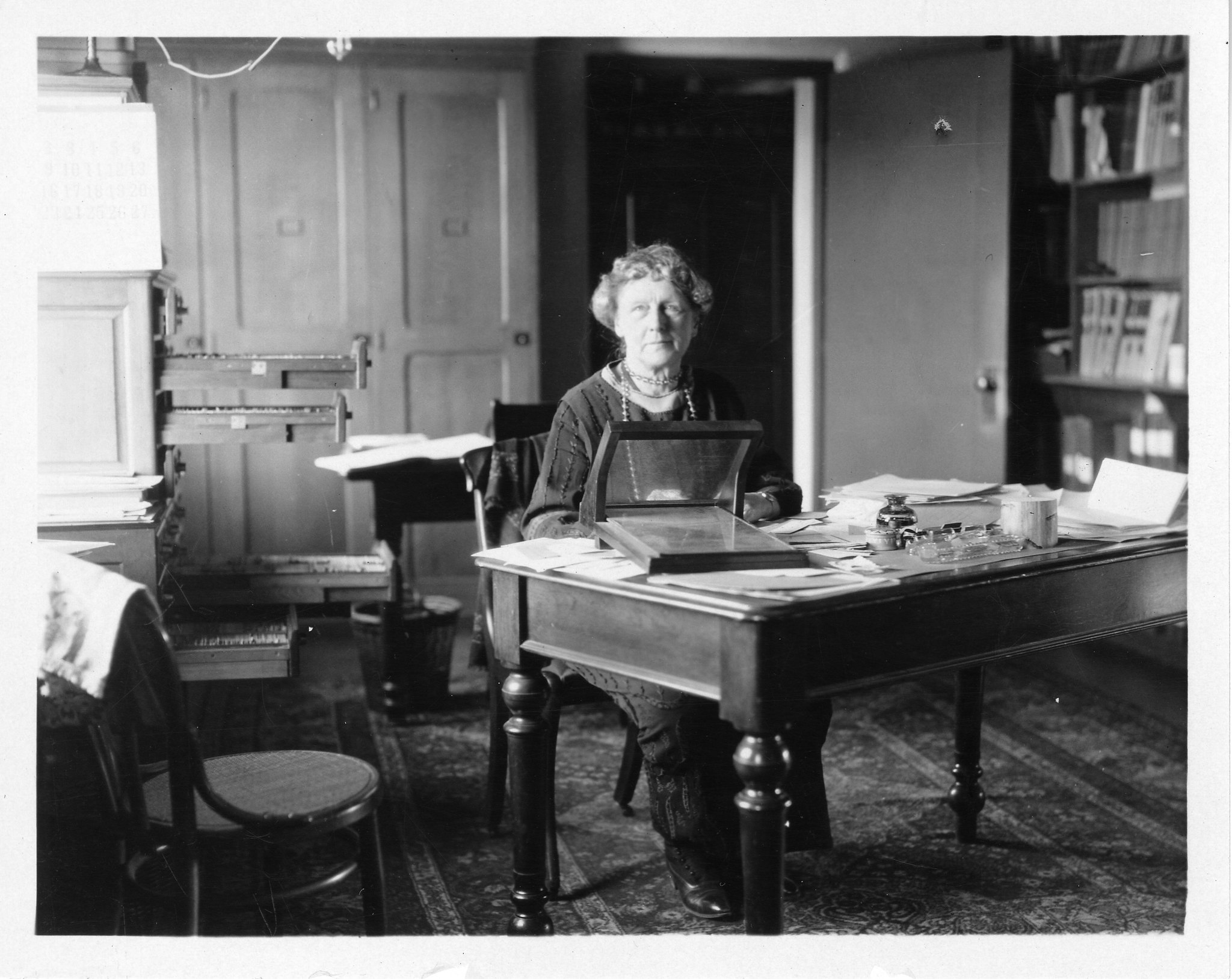
Annie Jump Cannon developed the Harvard Classification Scheme in the early 20th century, a system for categorizing stars based on their spectral types. Her work allowed astronomers to classify stars more accurately, leading to a better understanding of their properties and life cycles. Cannon’s classification system is still used today, providing a critical tool for astrophysicists studying stellar evolution. Her contributions have been fundamental in advancing the field of stellar astronomy.
Kip Thorne (1940–Present)
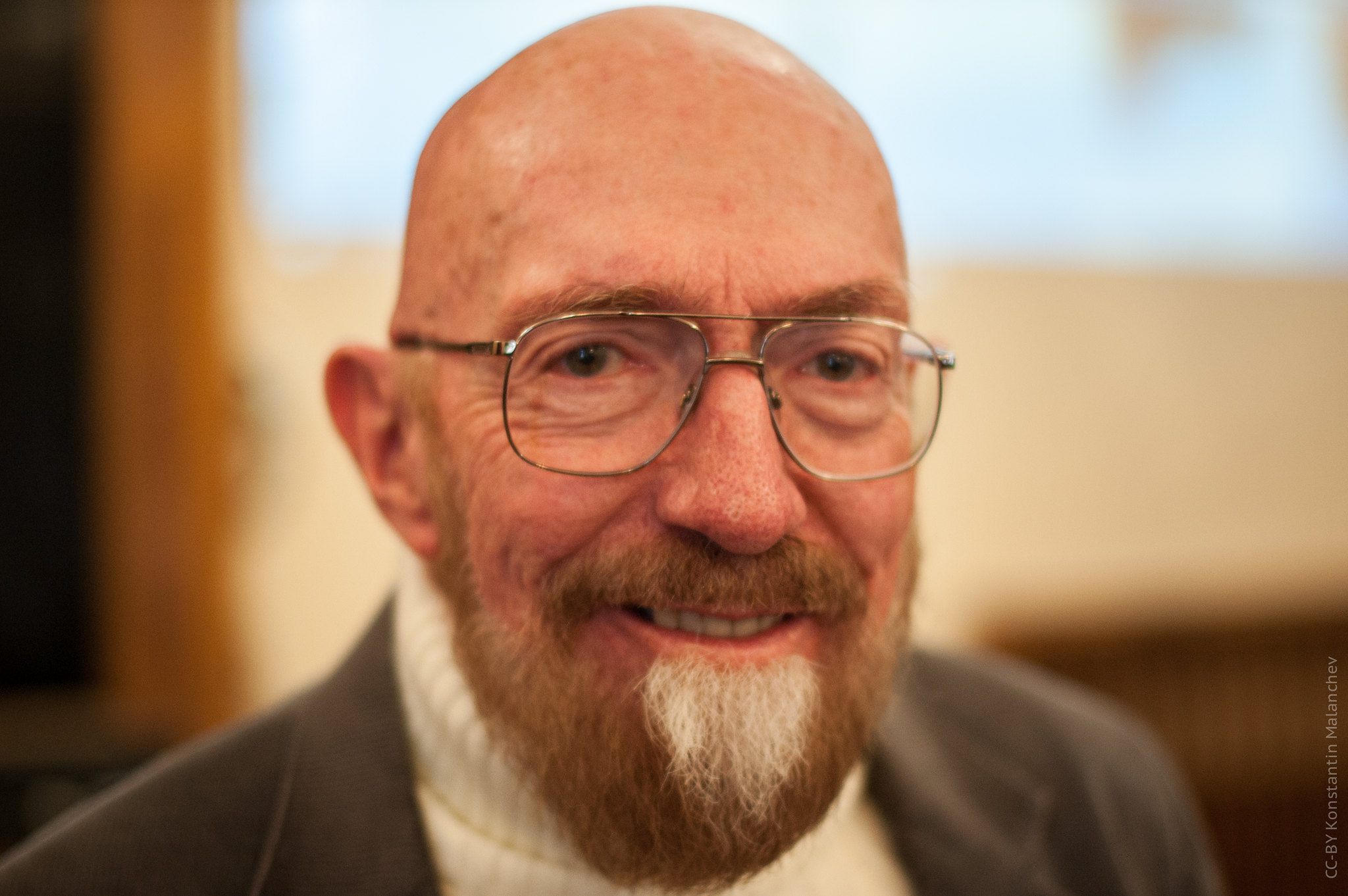
In 2015, Kip Thorne played a crucial role in the first direct detection of gravitational waves, confirming a key prediction of Einstein’s General Relativity. This discovery opened a new window for observing the universe, allowing astrophysicists to study cosmic events like black hole mergers in unprecedented detail. Thorne’s work has revolutionized our ability to explore the universe through gravitational wave astronomy, offering insights into phenomena that were previously beyond our reach. His contributions have marked a new era in astrophysics.
John Mather (1946–Present)
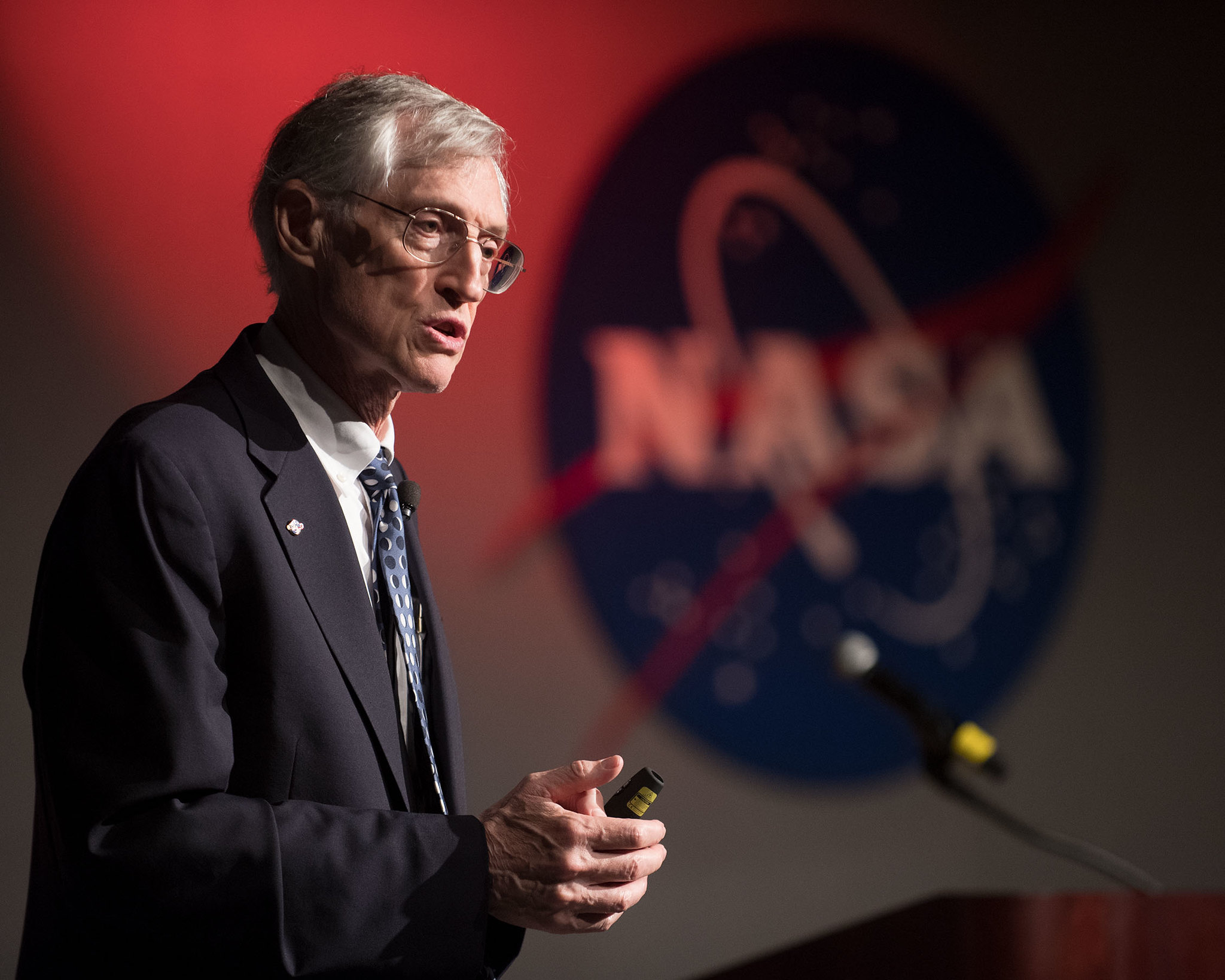
In 2006, John Mather was awarded the Nobel Prize for his work on the Cosmic Background Explorer (COBE) satellite, which provided critical evidence for the Big Bang theory by measuring the cosmic microwave background radiation. His findings confirmed the universe’s hot, dense origin and set the stage for modern cosmology. Mather’s work has been essential in understanding the early universe, influencing everything from theoretical models to observational techniques. His contributions continue to guide research into the origins and evolution of the cosmos.
Neil deGrasse Tyson (1958–Present)
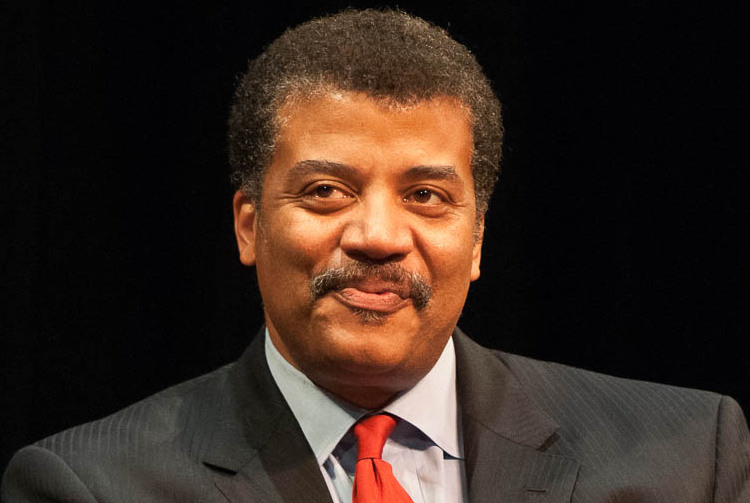
In the 2000s, Neil deGrasse Tyson has become one of the most influential science communicators, bringing astrophysics into the mainstream with his popular TV shows and books. While not known for a specific scientific discovery, his work has inspired a new generation to explore space and appreciate the complexities of the universe. Tyson’s ability to make astrophysics accessible and engaging has had a significant impact on public interest in science and space exploration. His efforts continue to influence how the general public perceives and understands the universe.
Jocelyn Bell Burnell (1943–Present)

In 1967, Jocelyn Bell Burnell discovered the first radio pulsars, rapidly rotating neutron stars that emit beams of radiation. Her discovery provided crucial evidence for the existence of neutron stars, which were previously only theoretical. Bell Burnell’s work has greatly enhanced our understanding
of stellar remnants and the extreme environments they represent. Her contributions have influenced a wide range of astrophysical research, from the study of compact objects to the nature of space-time.
George E. Hale (1868–1938)
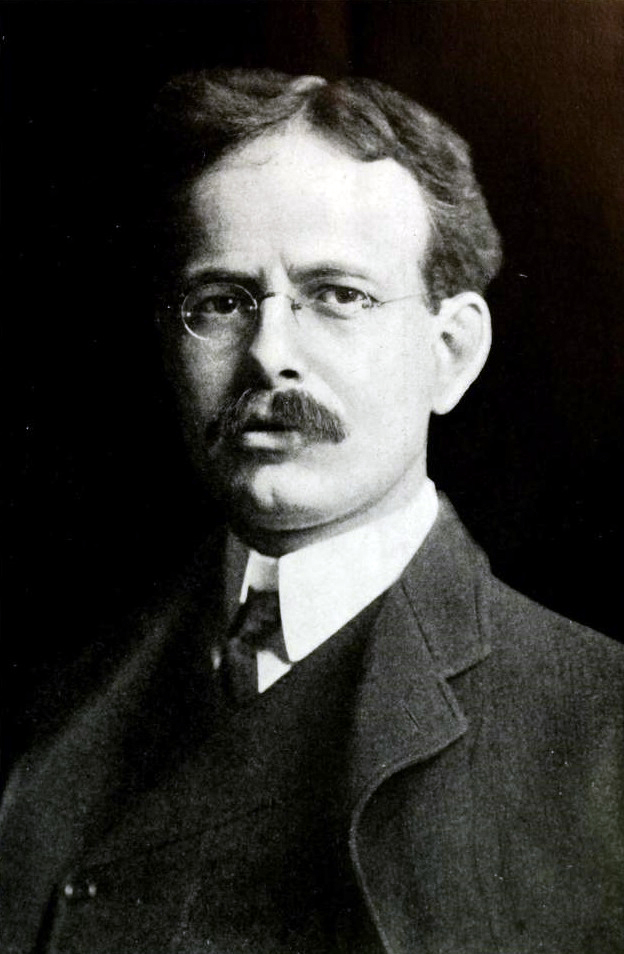
In the early 20th century, George E. Hale made significant contributions to solar astronomy, including the discovery of magnetic fields in sunspots. His work led to the development of modern solar physics and the understanding of solar activity’s impact on Earth. Hale’s research has been crucial in predicting space weather and understanding the sun’s influence on our planet. His legacy continues through the observatories and research institutions he founded, which have advanced our knowledge of the sun and stars.
Martin Rees (1942––Present)
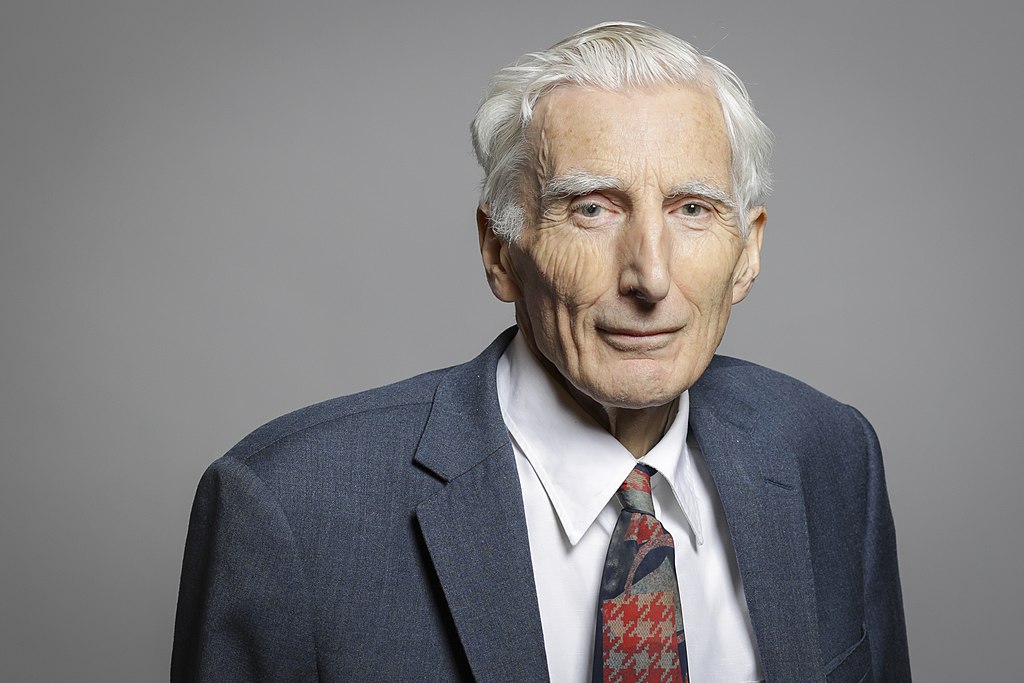
In the late 20th century, Martin Rees has made numerous contributions to cosmology, particularly in understanding the formation of galaxies, black holes, and the large-scale structure of the universe. His work has provided key insights into how the universe evolved from its early state to the complex structure we observe today. Rees’s research has helped shape our understanding of cosmic evolution and the role of dark matter and dark energy in the universe. His ongoing work continues to influence the field of astrophysics and cosmology.
Frank Drake (1930–2022)
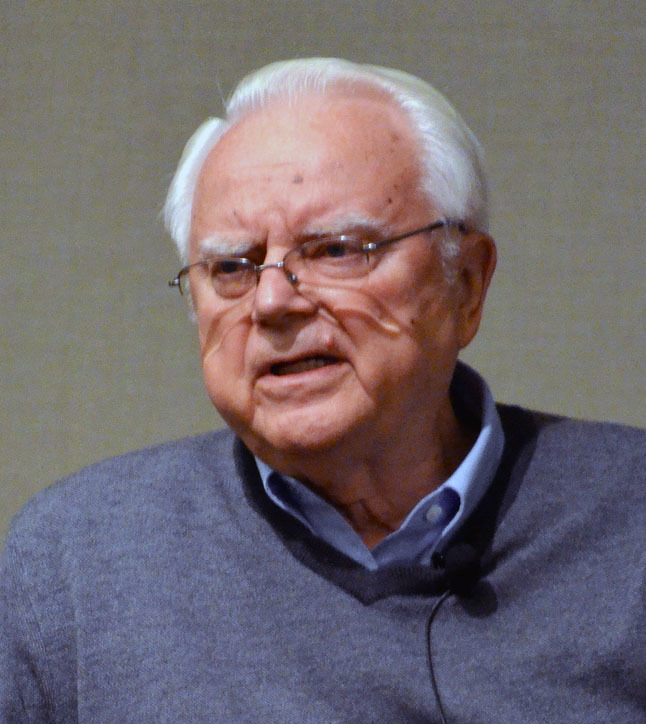
In 1961, Frank Drake developed the Drake Equation, which estimates the number of active, communicative extraterrestrial civilizations in the Milky Way. His work laid the groundwork for the search for extraterrestrial intelligence (SETI), sparking scientific efforts to detect signals from other civilizations. Drake’s contributions have fueled the ongoing quest to answer one of humanity’s most profound questions: are we alone in the universe? His work continues to inspire research into the possibilities of life beyond Earth.
This article originally appeared on UnifyCosmos.
More from UnifyCosmos
15 Fantasy Epics with Enchanting and Memorable Worlds
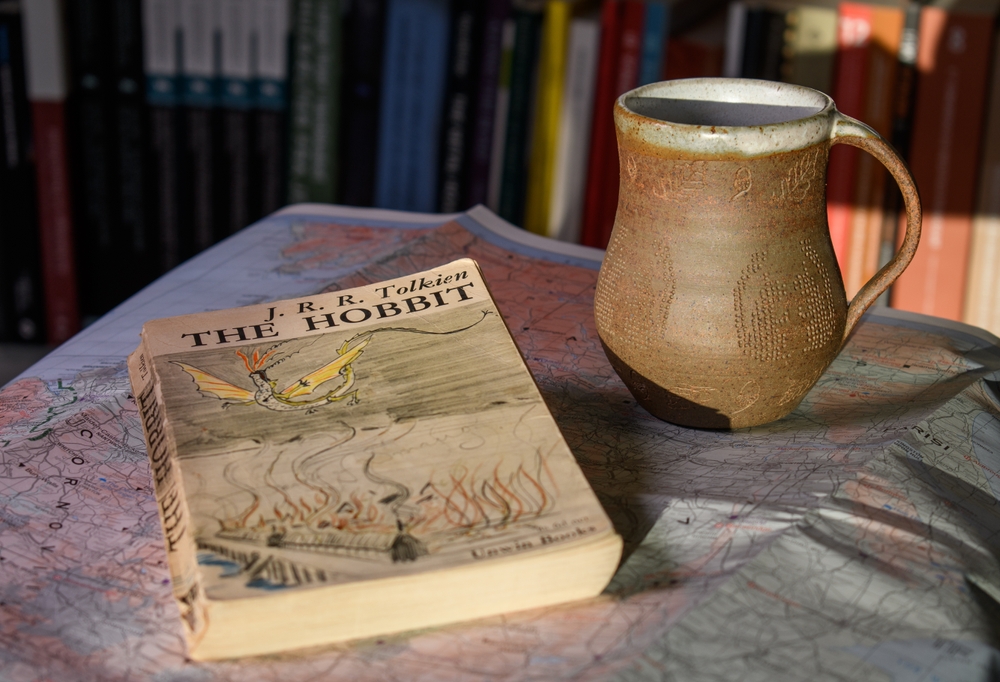
Fantasy novels have a unique magic that transports readers to extraordinary realms filled with wonder, adventure, and unforgettable characters. These stories craft intricate worlds that captivate our imagination, offering a perfect escape from reality. Read More
20 Key Skills for Personal and Professional Success

In today’s fast-paced world, cultivating essential skills for personal and professional growth is more crucial than ever. Whether you’re aiming to advance in your career, enhance your personal life, or simply become a better version of yourself, developing key skills can make all the difference. Read More
17 Fascinating Meat Dishes from Different Cultures

Exploring the world through its cuisine can lead to some surprising discoveries, especially when it comes to unusual meat dishes. From the exotic markets of Asia to the rustic kitchens of South America, these unique delicacies reflect the diverse culinary traditions and cultures of their origins. Read More
Leave a Reply